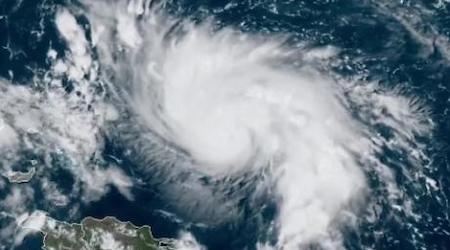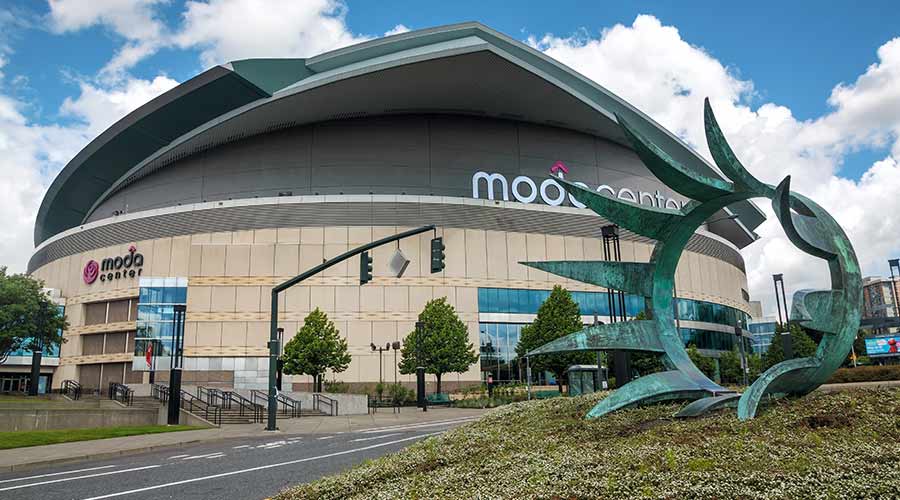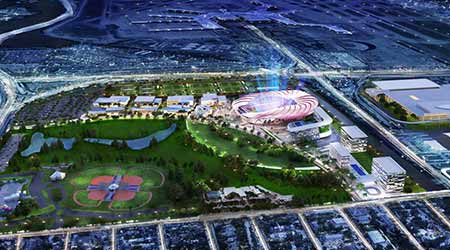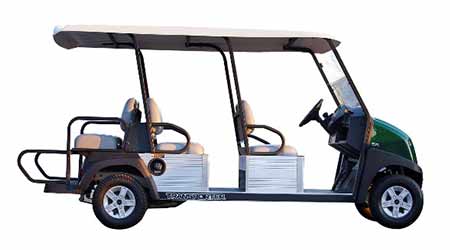
Hurricane Tests Florida Nursing Homes Again
September 4, 2019
Emergency preparedness is rising quickly on the list of priorities for maintenance and engineering managers in their attempts to prepare institutional and commercial facilities for potential crises. Hurricanes are among the most challenging of these situations, and Florida seems to be ground zero during every hurricane season.
As Florida’s East Coast and other areas of the Southeast deal with the effects of Hurricane Dorian — including destructive winds and high surf — hundreds of Florida’s elder care facilities still do not meet all of the requirements for emergency power plans under state law. Many of these facilities are still asking for more time to get their backup power and fuel in order, according to WGMT.
Facilities that fail to comply “will continue to be held accountable,” says Mary Mayhew, secretary of the state’s Agency for Health Care Administration, adding that they face sanctions. Between August 2018 and August 2019, almost 300 facilities have been fined for failing to follow the regulations.
The state’s more than 3,700 nursing homes and assisted living facilities must have the capability to keep indoor temperatures from rising above 81 degrees for at least 96 hours after a power outage, and doing so requires them to purchase generators.
Healthcare facilities remain under heightened scrutiny two years after Hurricane Irma struck Florida and led to the deaths of a dozen residents at a nursing home north of Miami. The Rehabilitation Center at Hollywood Hills lost air conditioning and overheated in the days after the storm, and the calamity spurred legislation to tighten safety regulations, and recently led to manslaughter charges for four employees in a criminal investigation.
Dan Hounsell is editor-in-chief of Facility Maintenance Decisions.
Next
Read next on FacilitiesNet












